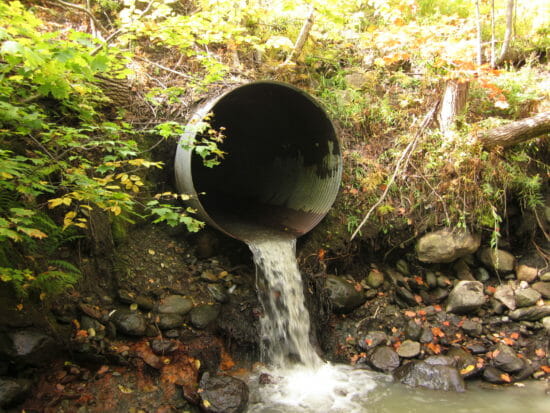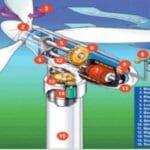- Course No E – 1319
- PDH Units 3.00
No data found for Custom Course Number
No data found for Custom Course Units
- Course No E – 1319
- PDH Units 3.00
Intended Audience: civil engineers and other design and construction professionals
PDH UNITS: 3
This course will introduce you to a nomographic approach to hydraulic design of culverts. Culverts are hydraulic structures intended to convey, generally, stormwater and other unanticipated flows in and around earth and other structures such as highways, bridges and buildings. A nomographic approach is one which graphically relates relevant factors in a way that facilitates solution of complex mathematical equations. Course Outline 1. GENERAL 2. INLET CONTROL 3. OUTLET CONTROL 4. PROCEDURES FOR SELECTION OF CULVERT SIZE 5. INSTRUCTIONS FOR USE OF INLET-CONTROL NOMOGRAPHS 6. INSTRUCTION FOR USE OF OUTLET-CONTROL NOMOGRAPHY 7. CULVERT CAPACITY CHARTS This course will give you design guidance you can apply to the design of culverts to control stormwater drainage at streets, highways, buildings and other structures.
Learning Objectives
At the successful conclusion of this course, you’ll be able to identify and discuss:- Learn about inlet and outlet hydraulic control of culverts;
- Learn how to employ nomographic solutions to determine headwater depth for concrete pipe culverts with inlet control;
- Learn about headwater depth parameters for oval concrete pipe culverts, long axis vertical, with inlet control;
- Learn how to determine headwater depth for circular pipe culverts with beveled ring inlet control;
- Learn the procedures for culvert size selection;
- Learn how to use culvert capacity charts; and
- Learn how to employ outlet control nomography.
Once completed, your order and certificate of completion will be available in your profile when you’re logged in to the site.










